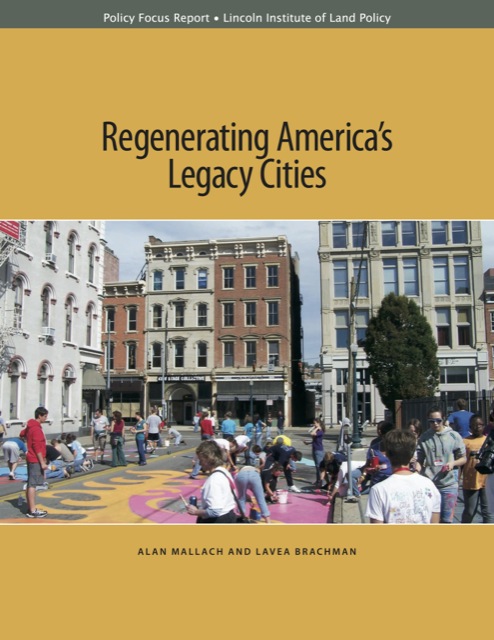Happy Memorial Day. Today, the Antiplanner feels a need to mourn common sense, which seems to have died a few decades ago. In place of common sense, we have plans that amount to little more than fantasies, rent-seeking special interest groups, and an environmental movement ready to defend any amount of subsidies to corporations that claim to be green.
One example of the death of common sense is the stubborn insistence on the part of planning advocates that restricting the supply of land for housing doesn’t increase home prices; that growing prices in regions with restricted supply are solely due to demand. This has most recently been challenged by economist Thomas Sowell and The Economist magazine, but I doubt they changed any minds.
Another example of the death of common sense is the eagerness of public officials to spend phenomenal amounts of money building transit systems that will carry very few people. Houston, for example, has so far spent $587 million on a 3.3-mile light-rail line, which reporters say equals $3,000 an inch–and the line isn’t even yet complete. The first modern light-rail line in America, San Diego’s Blue line (sometimes called the Tijuana Trolley), cost less than $10 million a mile in 1981, equal to about $17 million a mile today, and was of questionable value then. Yet Houston’s line, which costs ten times as much per mile, will be capable of carrying no more people than San Diego’s.










